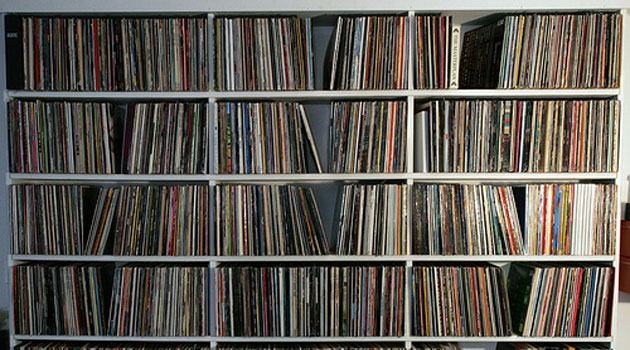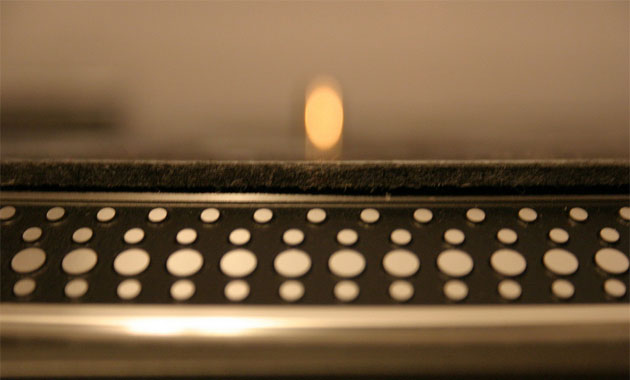
I recently spun a late night set at a discreet venue deep in the heart of the West Village. My gracious hosts requested that I provide them with my preferred equipment requirements days before the gig so that they could be prepared for any change-overs between the DJs. With the residents and headliner using two different vinyl emulation platforms, the thought of bringing out my own laptop, hard drive and magic digital converter box felt cumbersome and destined for problems.
I opted to bring a choice selection of vinyl and my trusty needles for a low tech transition. The headliner before me, as I predicted, ended up having problems with his hard drive and software, which delayed my own set. When he did go on, I was surprised at how similar each of his tracks sounded to one another. I felt that there was not as much variation as I preferred and a struggle to create depth in the set. One could argue that this was all about style, but it wasn’t until halfway through my own set that a the real reason dawned on me: DJing with vinyl is not forgiving.
With each record I pulled out of my crate, I had to think two records ahead and check the ends of songs, which I often couldn’t recall, before mixing them in. If I cued up a record I felt didn’t work, I urgently dug through my bag for a more suitable piece, hoping that I would find one before it was time for me to do the next mix-in. I did not have the luxury of push-button track loading and rapid fire headphone cueing.

In addition to the technical side of DJing with vinyl, collecting vinyl requires an “all in” attitude. Yes, you can find vinyl online, but it is more efficient to hit the local record store for an afternoon crate digging and on-site listening session. In addition to having abundant free time and a the desire to leave the house, collecting vinyl is not cheap. Used vinyl can be found for a relatively low price ($3-$4) at flea markets and second hand stores, but the search is time consuming and still twice as expensive as an MP3 download. That means new records are a true investment at $8-12 apiece. “Vinyl DJs,” then, are careful to make sure that they are getting the most bang for their buck. Each record counts, and sets are often more carefully curated since it takes up more physical space. Did I mention it weighs a ton?!

I’ll admit it: I am a digital convert. So this is by no means an anti-digital old-school DJ rant about how technology is killing the art of DJing. However, it is making it harder, since one of technology’s main raison d’etres is increasing productivity while simultaneously decreasing labor. In the same way that your TV remote control allows you to remain planted on the couch, vinyl emulation software encourages laziness. That much more effort must be exerted to avoid complacency and set yourself apart from the next guy.
There are incredible digital DJs out there, and thousands more bad ones. But when was the last time you saw a bad vinyl DJ? I honestly can’t remember.



